The construction of the dynamometer is very simple. It consists of a cabinet and a test bench. The test bench is often called a dynamometer. It is generally a model in which the torque and speed sensors are integrated into one. The test bench includes a mounting base, a torque speed sensor, a mechanical load (brake), a torque load for the motor test, and simulates different working conditions of the motor; the cabinet includes an electrical parameter tester, a motor tester, a dynamometer controller, Power supply, etc., used to drive the system and test the motor. Then why do traditional dynamometers fail to meet new industry requirements, such as the testing needs of electric vehicle motors? This is mainly to talk about a core component of the dynamometer - the mechanical load (brake). The mechanical load of the dynamometer generally uses a brake, and also uses a motor to provide a reverse rotation torque to the motor under test, absorb the power of the motor under test, and realize the "loading" of the motor under test to simulate its actual operation. Working condition. To simulate the actual operating conditions of the motor under test, the loading capacity of the dynamometer must cover the entire operating range of the motor under test, in order to meet the requirements of the simulation "all working conditions". To put it simply, the TN curve of the mechanical load of the dynamometer must cover the TN curve of the motor under test so that the TN characteristics of the tested motor can be tested. However, the problem is that the TN curve of an electric vehicle motor is different from that of an ordinary motor, and has the characteristics of a constant power range (generally constant power region can reach 80% to 100% of the peak speed) and a high peak speed (above 10000 rpm). This means that the electric vehicle motor can achieve high speed and small torque conditions, as well as low speed and high torque conditions, and puts very high requirements on the TN characteristics of the dynamometer. At this time, we found that if the TN curve loading of the electric vehicle motor is to be satisfied, the ordinary dynamometer cannot be satisfied at all. Because ordinary dynamometers are generally loaded with hysteresis brakes, eddy current brakes, magnetic powder brakes or variable frequency motors, and the characteristic curves of these mechanical loads each have their own short board: Magnetic powder brake: can output a large torque, but generally can only run below the low speed (1000rpm), only for high torque, low speed motor test occasions. It can be biased towards electric motor motors, especially passenger car motors, with tens of thousands of rpm speeds, allowing the magnetic powder brakes to go straight out. Hysteresis brake: In contrast to magnetic powder, it can output very high speed, but the output torque receives a lot of limitations and can only output small torque (within 100N.m). For low-speed and high-torque conditions of electric vehicles (torque output of 200~500N.m is very common), hysteresis can not meet the demand. Eddy current brake: Supports high torque and high speed torque output, but within the rated speed range (generally 2600~3000rpm), the torque output and speed output are directly proportional to the low speed (several hundred rpm). High torque output. For the case of electric motor motor test, the current better solution is to use a high-speed asynchronous motor loading scheme, with a motor with the same constant power range and high peak speed as the loading load. This scheme can customize different dynamometer-specific motors as test loads according to the specific test range of the user, and ensure that the loading range of the mechanical load covers the motor under test. It can be seen that the traditional dynamometer is not used in the electric vehicle industry, and the best solution for the current industry of high-speed motor load motor test systems. Of course, not all electric dynamometers are suitable for electric vehicle motor test systems. There are two points to note: 1. The traditional electric dynamometer is a mechanical load with a common variable frequency motor. The constant power range is also wide, but the peak speed is not high, generally only up to 6000 rpm, which does not meet the high-speed test needs of the electric vehicle industry. 2, many users feel that as long as the same high-speed motor as a load can meet the test, use the same motor as the test motor to do the drag, I think this can save a stroke. But this application also has limitations. Electric motor motors currently use permanent magnet synchronous motors, which have large torque fluctuations. When used to test load motors, they cannot provide stable torque output, resulting in consistent test results. The high-speed asynchronous motor used in the special electric vehicle test system has its own torque fluctuation (mainly caused by the current fluctuation of the inverter. If the inverter quality is good, it is very small compared to the torque fluctuation of the motor under test. It can be used to ensure the stability of the test results while providing the torque fluctuation waveform of the motor under test.
we are the best supplier in China to offer the networking tools including sort of insertion tools, impact and punch down tool (Ericsson punch down tool, Siemens punch down tool, Corning punch down tool and so on), crimping tool(RJ45 crimping tools, coaxial cable crimping tool, picabond ratchet crimper), cable stripper and cutter, Cable Tester and connector removal tool, and so on.
In short, we offer the networking tools for cutting and stripping coaxial cable, twist cable, and optical fiber. And professional compression crimping tool for different connectors, insertion tools for different modules .To save cost for customers, we have desired some tools with multi-function. So you can keep one tool instead of several different types. Meanwhile, for some coaxial cable crimping tool you can change the head to fit the cable specification yourself. It will make you lose weight on tool set but to finish your work perfectly.
Insertion Tool, Punch Tool, Cat 5 Cable Tester, Crimping Pliers, Cable Crimping Tool NINGBO YULIANG TELECOM MUNICATIONS EQUIPMENT CO.,LTD. , https://www.yltelecom.com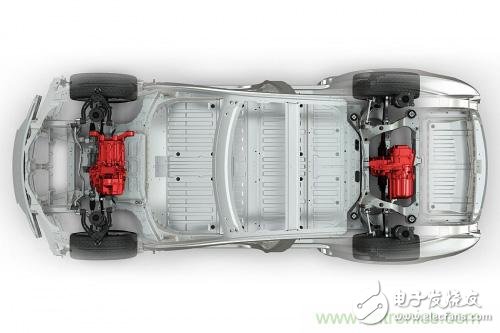

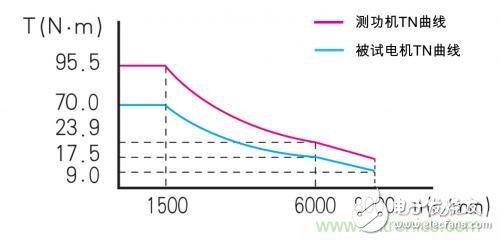

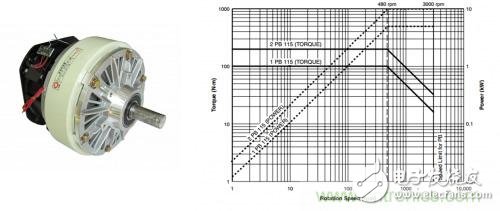

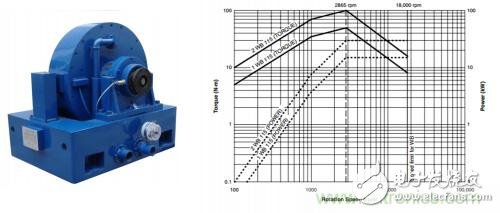
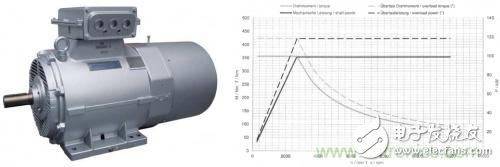


Why traditional dynamometers cannot be used in electric vehicle motor testing
Usually speaking of the motor test, everyone first thought of the motor test equipment such as the dynamometer. But in fact, in the face of increasingly complex industrial applications, such as electric vehicle motor testing, dynamometers are gradually showing shortcomings, which starts with the construction of dynamometers.